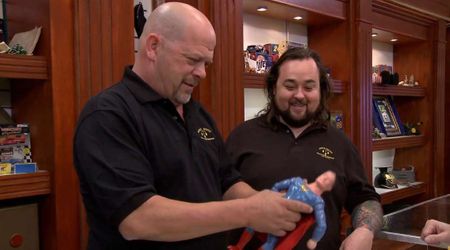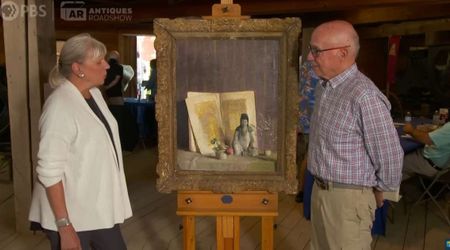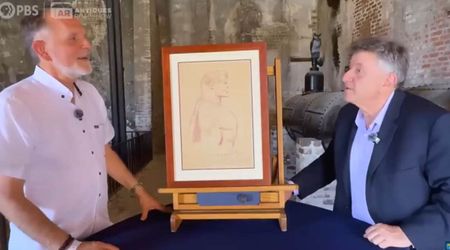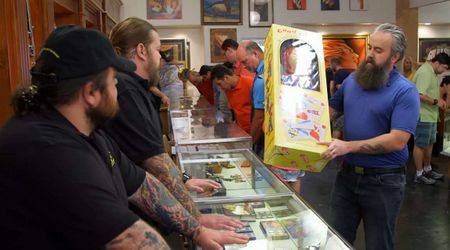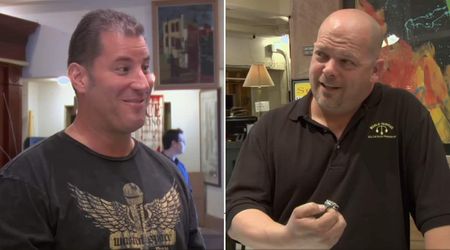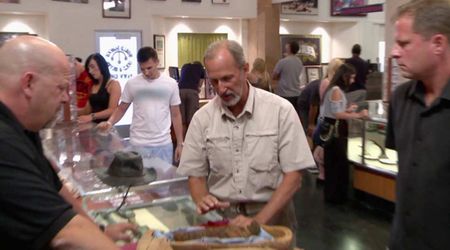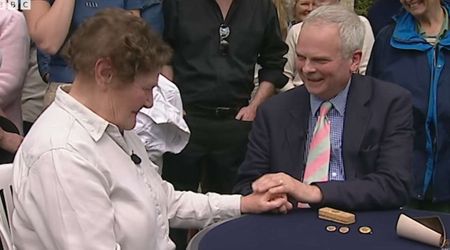'Antiques Roadshow' guest gets a massive valuation for her 'snake lamp' that she didn't even want
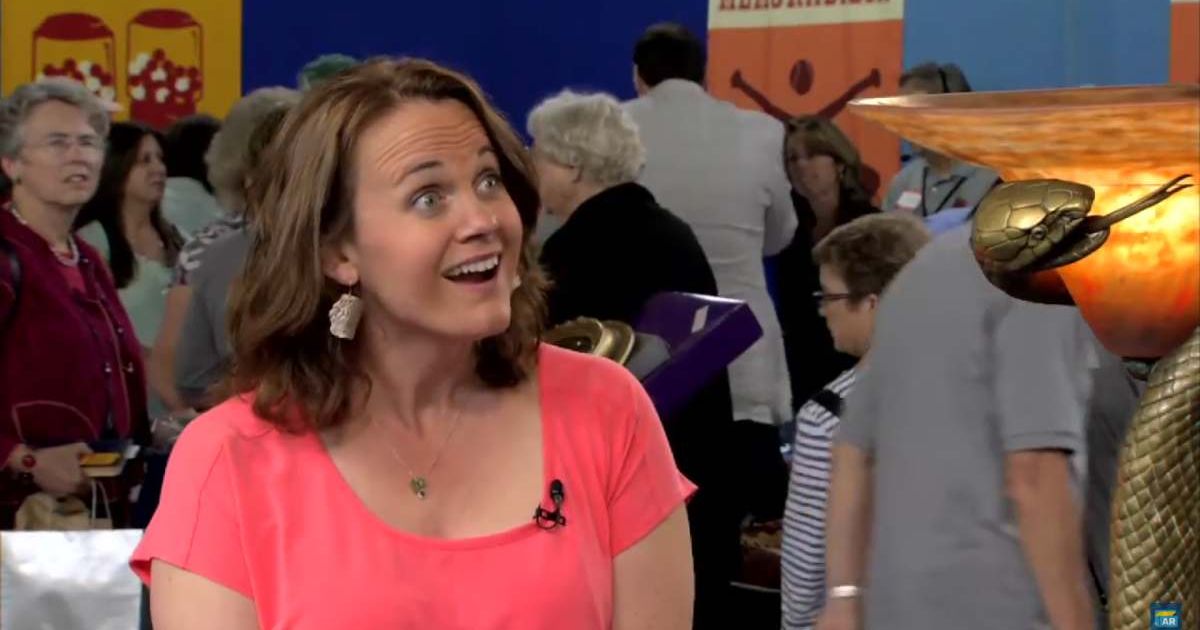
Some things might not seem too pleasant, but they could be worth a fortune, and experts on "Antiques Roadshow" help people figure out the value of such possessions. One such item was a 'snake lamp' which nobody in her family wanted to take. The show's expert, Eric Silver, revealed that it wasn't an ordinary lamp but an artwork by the French artist Edgar Brandt. He then shocked the owner with an appraisal of $45,000 for the piece titled "La Tentation" Lamp.

In the episode, the guest shared how the unwanted lamp fell into her lap and the very little information she had on it. "It's been in the family for a number of years. It was one of those things where all of a sudden, no one wanted it anymore. People aren't really into snake motifs so much, and it had to fit into the right place. So, I decided it would be nice to have, and honestly, I don't know all that much about it except that I believe it's bronze. I believe it's from a French artist, maybe in the early 1900s. That's about it," she told Silver.

Taking over from the owner, Silver explained that the item was signed "E. Brandt," which stood for Edgar Brandt. He told the guest that the artist was the leading metalworker in France, starting in the 1920s up through the 1940s. Silver added that Brandt worked in Paris and in New York City, and the lamp was one of the few pieces he made in the U.S. "This came in two sizes-- it came in this size and it came in a table size. Sometimes they have this glass shade, and they also come with an alabaster shade. Alabaster is a soft stone that's translucent," the expert noted.

He added that Brandt made the base of the lamp, which resembles a snake, out of bronze, and the shade was probably made by the Daum glass factory. Silver noted that the lamp was one of the most famous pieces of the artist, and it had a title, "La Tentation," which translates to "The Temptation," or "Seduction." "So it's this wild snake coming out of a basket down there. The 1920s was when Howard Carter found King Tut's tomb. So there was a tremendous amount of interest in things that were Egyptian," Silver explained.
Coming to the appraisal, Silver added that such pieces were very desirable in the market, and there were many fakes as well. However, the guest's lamp was original, but in terms of value, the condition was a little shaky. "It has some problems here with this green. Bronze is mainly copper, so when it deteriorates, it turns green. It's the reason the Statue of Liberty is green," he explained. However, despite the degradation, Silver estimated that in a gallery setting, the item would be worth $35,000 to $45,000.

This shocked the guest as she gasped for air and looked at the appraiser with wide-open eyes. "No kidding! Wow! That's incredible!" she said. The guest then asked Silver how much the lamp would have been if it were in pristine condition. The expert told her that one such lamp brought $62,000 at auction.
Nevertheless, the guest was happy with the $35,000 to $45,000 estimation as well. "That's incredible. That's pretty good for a snake lamp," she said in the end.






